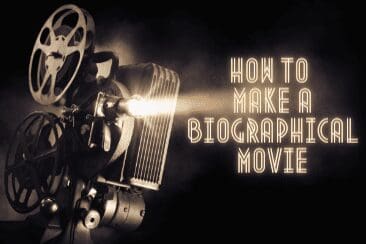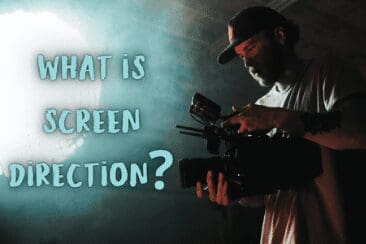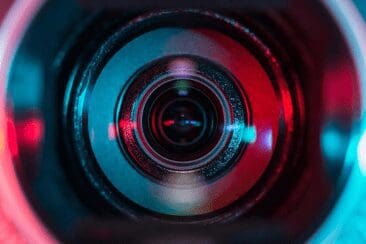If you have aspirations of becoming a cinematographer, then what better way to learn the craft than to watch how the masters of cinema do it? Below, we’ve compiled a list of some of the most successful and influential directors of photography from throughout history. We’ll look at their style, and how they’ve pushed the art form forward, and give you some examples of their best work so you can delve in and study for yourself. For this article, we’ve listed these famous cinematographers in alphabetical order including a notable American cinematographer.
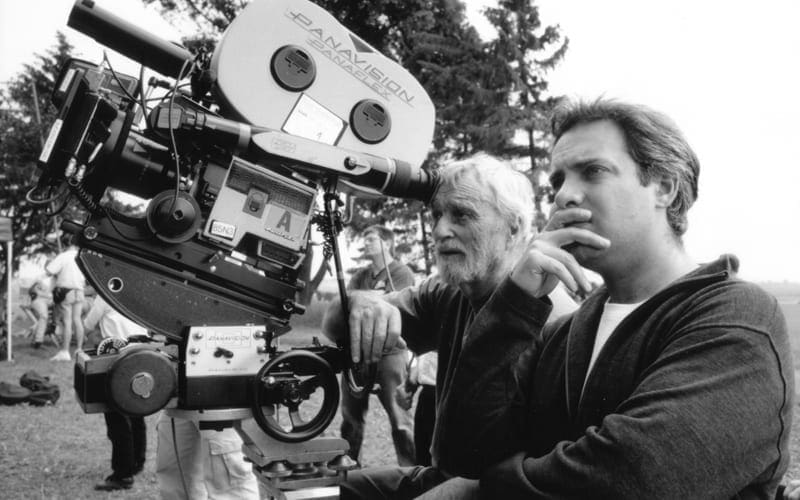
Famous Cinematographers
They may not be as recognizable as the writers, directors, and actors that they work with. However, cinematographers are some of the most widely respected artists in the industry. They play a huge role in the crafting of a film and their expertise is widely sought after by directors and producers alike. Let’s jump in and take a look at some of the most famous cinematographers of all time!
Michael Chapman
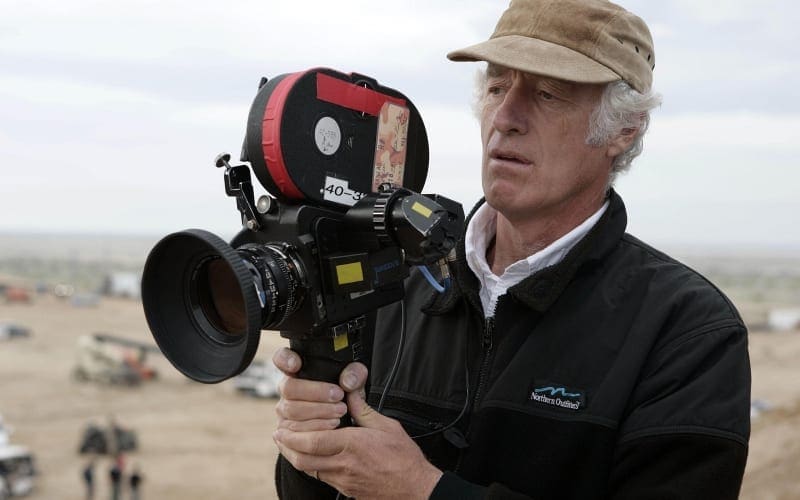
American cinematographer, Michael Chapman (who sadly passed away) began his film career working as a camera operator. He made a name for himself working on films such as Steven Spielberg’s Jaws (1975), before becoming Martin Scorsese’s go-to shooter. His lurid portrayal of New York City in Taxi Driver (1976) earned him industry-wide recognition, before receiving the first of his two Oscar nominations for his masterful black-and-white work on Raging Bull (1985). Chapman was also a big proponent of shooting with handheld cameras, a technique that has now become commonplace as cameras have become smaller.
Other Notable Films:
- The Last Detail (1973)
- Invasion of the Body Snatchers (1978)
- The Fugitive (1993)
Famous Cinematographers: Roger Deakins
Roger Deakins is a modern master and one of the most well-known cinematographers working today. For good reason, he currently has the most Oscar nominations for best cinematography out of any of his contemporaries. He has bagged wins for Blade Runner 2049 (2017) and 1917 (2019). Deakins began his career shooting documentaries, before forming career-spanning collaborations with the likes of the Coen brothers, Sam Mendes, and Denis Villeneuve on narrative feature films. He is also a big advocate for using digital filmmaking techniques, such as shooting on digital cameras (as opposed to film), and was even one of the first cinematographers to utilize the digital intermediate process (digitally color grading celluloid film) on the Coen brother’s O Brother, Where Art Thou? (2000).
Other Notable Films:
- No Country For Old Men (2007)
- The Assassination of Jesse James by the Coward Robert Ford (2007)
- Sicario (2015)
Conrad Hall
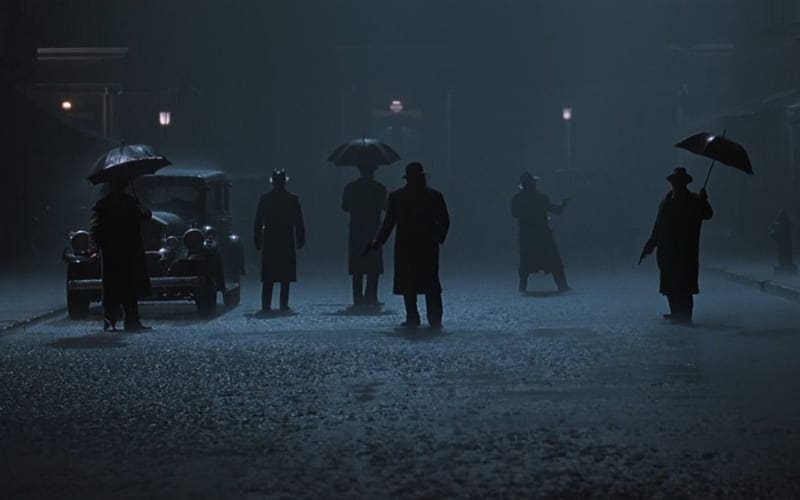
Known as ‘Connie’ to his colleagues and peers, Conrad Hall is one of the most influential American cinematographer of all time. He has inspired many cinematographers, including the likes of Roger Deakins. Hall was well known for his on-the-spot inspiration, spontaneity, and improvisation and was adept at finding the ‘happy accident’. A famous example is how he used rainfall on a window to make it look like Robert Blake’s character was crying during In Cold Blood (1967). This was an unplanned effect he had only noticed during the shooting. Conrad Hall is one of only a handful of cinematographers to have won three academy awards for best cinematography.
Other Notable Films
- Butch Cassidy and the Sundance Kid (1969)
- American Beauty (1999)
- Road to Perdition (2002)
Famous Cinematographers: Janusz Kaminski
This Poland-born famous cinematographer is best known for his longtime collaborations with Steven Spielberg. He has shot eighteen of his films to date. He emigrated to America in the early eighties, working as Phedon Papamichael’s gaffer and 2nd unit DoP before becoming a cinematographer in his own right. The first of his collaborations with Spielberg was on Schindler’s List (1993). His black-and-white portrayal of Nazi-occupied Krakow garnered him his first Oscar win. During the pair’s collaboration on Saving Private Ryan (1998), Kaminski pioneered a process called bleach-bypassing. This is where the celluloid’s saturation is stripped back and it’s contrast pushed. He also increased the camera’s shutter speed to give the motion a choppy and frenetic feel. Both of these techniques have been replicated in numerous films since.
Other Notable Films
- Amistad (1997)
- Lincoln (2012)
- Bridge of Spies (2015)
Famous Cinematographers: Ellen Kuras
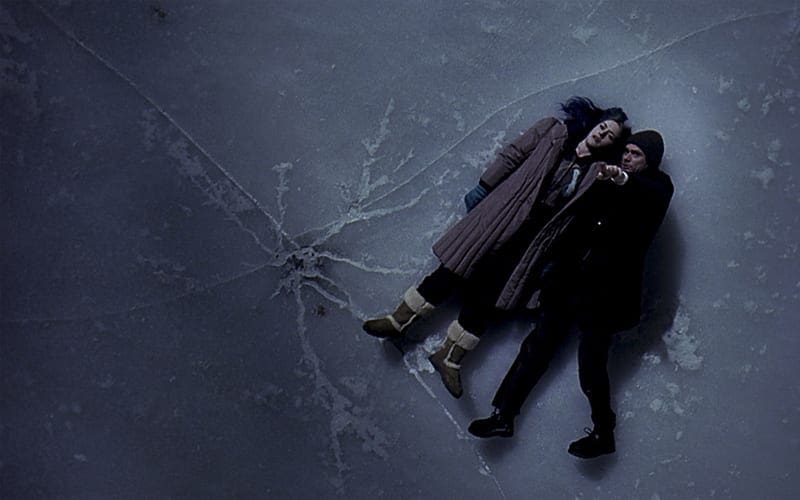
Sadly, for a long time, the world of cinematography has been predominantly inhabited by men. Thankfully, this has begun to change, with more female cinematographers achieving success at the highest level. One of the main people responsible for this change is American cinematographer Ellen Kuras, who has inspired and paved the way for the next generation of female DoPs. In 1999, she became only the fifth woman to be invited to join the American Society of Cinematographers (ASC). Shortly afterward, she won numerous accolades for her work on Eternal Sunshine of the Spotless Mind (2004).
Other Notable Films
- He Got Game (1998)
- Bamboozled (2000)
- Analyze That (2002)
Famous Cinematographers: Emmanuel Lubezki
Another modern master, the Mexican cinematographer has shot some of the best-looking movies of the past twenty years. ‘Chivo’ started in Mexico working with longtime friend and director Alfonso Cuaron. Fun fact: both of them were expelled from film school! He then made a name for himself in Hollywood with films such as Children of Men (2006) and The Tree of Life (2011).
The cinematographer’s style of using large amounts of natural light and long unbroken takes to cover action has garnered industry-wide recognition and won him three consecutive Oscars. Fun fact – he is the first cinematographer to do so! Along with Roger Deakins, Lubezki has been another big advocate of shooting digitally for the greater amount of control and flexibility it provides. In The Revenant (2015), Lubezki even went as far as controlling the exposure of long takes mid-shot, using digital software to monitor the changing light levels. Had he shot on film, this would have been incredibly challenging.
Other Notable Work
- Y Tu Mama Tambien (2001)
- Gravity (2013)
- Birdman (2014)
Rachel Morrison
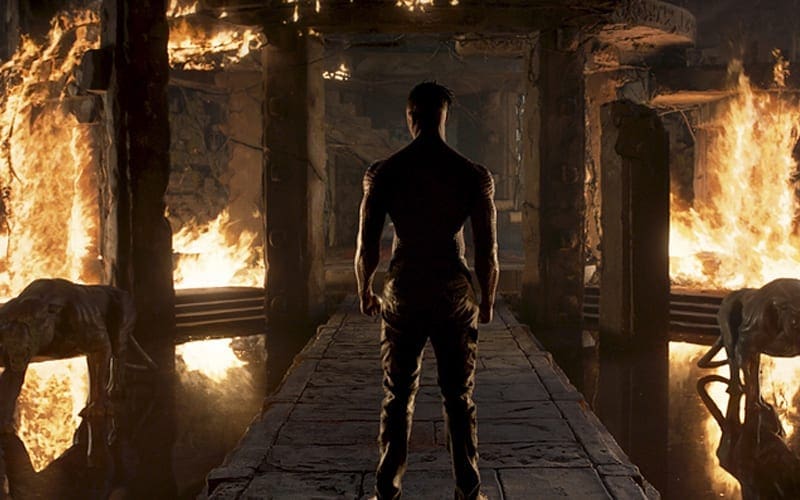
Walking the road that the likes of Ellen Kuras helped pave, Rachel Morrison has gone on to become one of the most successful female American cinematographer today. She started her career in television, before making the switch to feature films. This was when she was able to shoot the blockbuster Black Panther (2018). Before this, Morrison had shot Dee Rees’ post-WWII drama, Mudbound (2017), where her cinematography had earned her an Academy Award nomination. In the process, Morrison became the first woman to be nominated for best cinematography since the award was introduced ninety years prior. A cause for celebration, but also a damning statistic. She has since gone on to make her directorial debut with 2020’s Flint Strong.
Other Notable Films
- Sound of my Voice (2011)
- Fruitvale Station (2013)
- Cake (2014)
Famous Cinematographers: John Seale
Harry Potter cinematographer John Seale is one of the most famous cinematographers from down under. Both a member of the Australian Cinematographers Society (ACS) and the American Society of Cinematography (ASC), Seale’s work has earned him industry-wide recognition, as well as an Oscar win for Anthony Minghella’s The English Patient (1996). In 2012, Seale came out of retirement at the request of George Miller to shoot Mad Max: Fury Road (2015). This capped off an almost forty-year-long career with a final Oscar nomination for best cinematography.
Other Notable Films
- Rain Man (1988)
- Dead Poets Society (1989)
- Cold Mountain (2003)
Vittorio Storaro
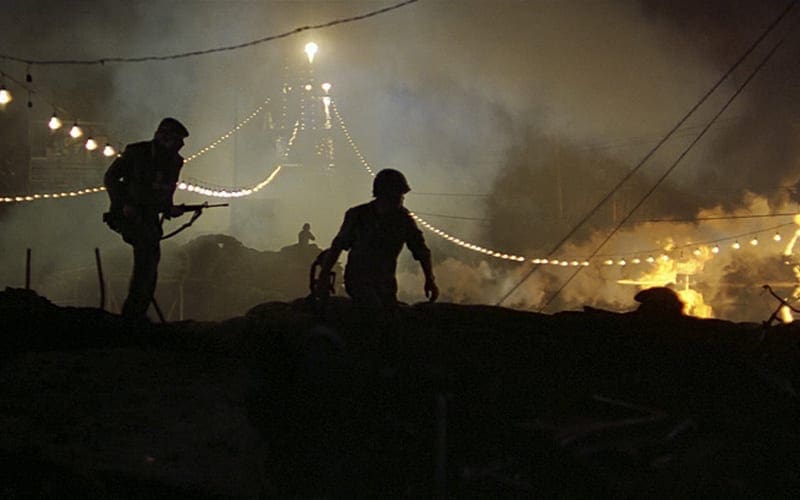
No list of famous cinematographers would be complete without the Italian maestro. Storaro has shot some of cinema’s classics and is one of only three living cinematographers to have won three Oscars. A huge proponent of color theory, Storaro has sought to use color to extract a psychological reaction from the audience. His mastery of this cinematographic element has led to some of cinema’s most coveted directors seeking to work with him, from Bernardo Bertolucci on The Conformist (1970) To Francis Ford Coppola on Apocalypse Now (1979). His work on these two films has immortalized him within the world of cinematography.
Other Notable Films
- Last Tango in Paris (1972)
- Reds (1980)
- The Last Emperor (1987)
Famous Cinematographers: Gregg Toland
American cinematographer Toland is truly one of the great early innovators. To this day, his legacy in the art and craft of cinematography is felt. His pioneering use of deep focus (using huge amounts of light to increase the depth of field of a shot by closing the lens’ aperture), was a unique way of creating the illusion of depth in the two-dimensional medium that is film.
In Orson Welles’ Citizen Kane (1941), this can be seen, and it is considered one of the best-shot movies of all time. Toland even created custom-built lenses that allowed for higher light transmission. It’s said that whilst filming Citizen Kane, Toland would dictate camera placement to a young Welles so that he wouldn’t appear inexperienced in front of the cast and crew.
Other Notable Films
- Les Miserables (1935)
- Wuthering Heights (1938)
- The Long Voyage Home (1940)
Gordon Willis

American cinematographer Gordon Willis or the ‘Prince of Darkness’ was a game-changer for the art of lighting. The cinematography style of studio movies had largely been to use bright, high-key lighting to illuminate everything in the frame. This also flattered the actor’s facial features. Willis, however, sought to use shadows and darkness to portray the world in a more realistic way, and without any consideration for thespian vanity. He often used a top light to create pools of illumination, whilst leaving the rest of the frame in darkness.
It was this adherence to tone and style that drew the attention of some of the most prominent directors of the time. Willis would end up collaborating with the likes of Woody Allen and Francis Ford Coppola on numerous critically-acclaimed films. However, he only received a pair of Oscar nominations for his ahead-of-it’s-time work. The Godfather (1972) and Manhattan (1979) are essential viewing for any aspiring cinematographer for their use of dark, high contrast lighting.
Other Notable Films
- The Godfather Part II (1974)
- All the President’s Men (1976)
- Annie Hall (1977)
Our List Of Famous Cinematographers
So there you have it, our list of famous cinematographers! Whether you’re wanting to study and learn from the masters, impress in a conversation about cinema, or simply ace a pub quiz, then this list will have provided all the information you need. Do you agree with our choices? Are there any other famous cinematographers you think should be included? Let us know in the comments! You can also check out our list of famous filmmakers.






